4 Healthy Grains to Add to Your Diet
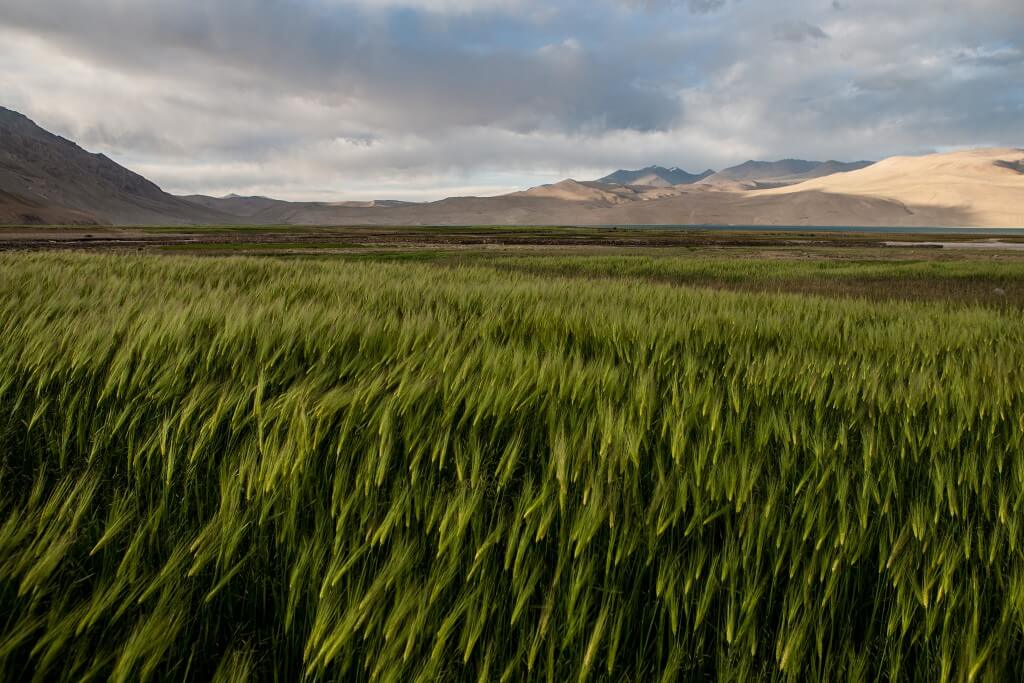
By Tasija Karosas, Swimming World College Intern
In the swimming world, there is so much emphasis put on carbo-loading. At the end of practice, during a swim meet, or sometimes even in your own home, you hear your coach and parents nagging you to fill up on carbohydrates. Naturally, a swimmer will turn to pasta when confronted with this idea to carbo-load. Although pasta is a great option, it is not the only one! There is a broad spectrum of different types of grains.
When carbo-loading, it is suggested to choose whole grains. Why? In order to make regular white bread, white rice, or white pasta, it needs to be processed. During this process, much of the nutrients are stripped off and only sometimes added back. Searching the ingredient list on the food label is a great way to know if what you are buying is really whole grain. If you see the words “enriched” or “fortified” this means that the grain was processed and most likely stripped of some of its primary nutrients.
There are such a wide variety of grains that a lot of people do not know about or have never tried. Most of these grains are cheap and always 100 percent natural.
1. Rice
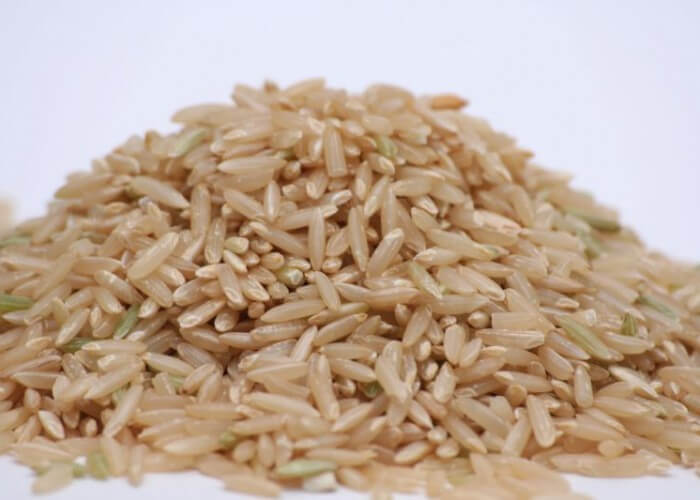
Photo Courtesy:Flickr
Surprisingly, rice can be tricky. Like pasta, there are many different types of rice that you can find yourself walking aimlessly down the grocery aisle trying to find the right rice. Look for key terms such as “whole” or “brown” rice to narrow down your search. When in the rice aisle, navigate toward any type of long grain rice, wild rice, or brown rice.
2. Quinoa
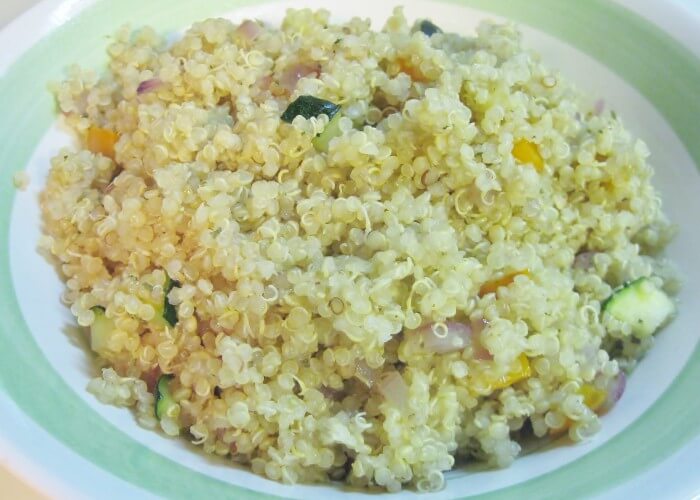
Photo Courtesy: Flickr
Quinoa is the grain that everyone is talking about. Quinoa is versatile. It is easy to bake with but also delicious when eaten as a side for dinner. The best part about quinoa is that is expands when you add water to it. This seems like a weird thing to become excited about, right? But a small bag of quinoa can probably last one person one to two weeks if they eat it everyday. Any college student should be excited about this one. Quinoa is also a happy member of the gluten-free family, which makes it a great option for anyone with gluten intolerance.
3. Farro
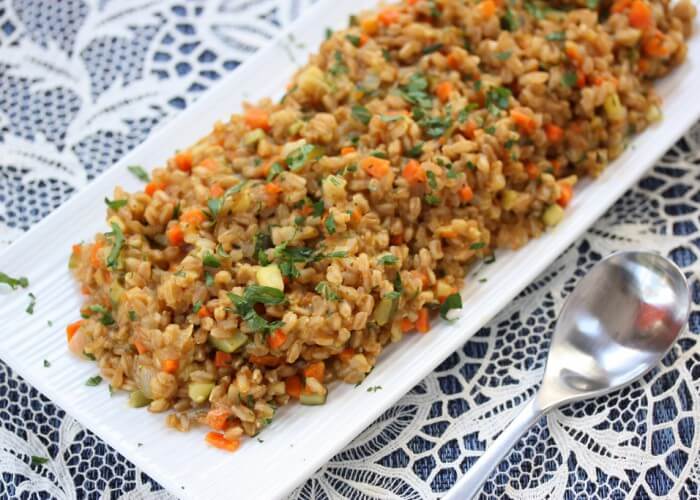
Photo Courtesy: Flickr
For those of you who have not heard of farro before, it is highly recommend. Farro is an ancient grain with a chewy texture. Do not let this scare you– it is extremely high in B vitamins and especially high in fiber. Although it is not completely gluten-free, it is low in gluten, so it’s safe for people who claim any intolerance to gluten.
4. Barley
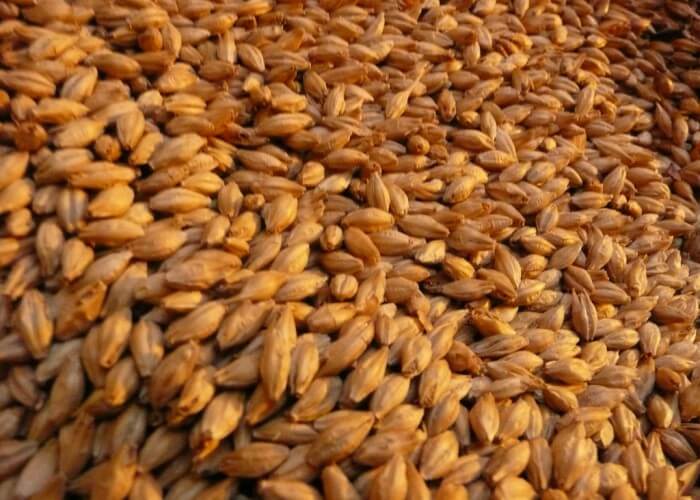
Photo Courtesy: Flickr
Barley is another hearty whole grain that is not given enough credit. Barley is similar to farro but considered to be more of breakfast grain. This does not mean it should be only eaten for breakfast. It is a great substitute for oats, but can also make a great side dish for lunch or dinner. Due to the plain and grain-like flavor of barley, it will easily take on the flavor of any type of sauce or dressing. Keep in mind that barley is NOT gluten free.
When it comes to carbo-loading, it is important to remember that there are more options than just pasta. Spice up your plate and add quinoa or barley to your diet. You won’t regret it!



